I am going to be very up front with my intention in writing this blog. My goal is to persuade school district technology directors or other administrators to seriously consider having their school or district participate in the annual Speak Up Survey.
Speak Up is a research tool districts use to learn what students, educators, parents, and the community have to say about educational issues. Yes, there are quite a few questions on the survey that deal with technology, but there are many other types of questions that will provide you with some much-needed insight into the attitudes of your stakeholders.
For example, in last year’s survey, they asked several questions about social and emotional learning. They also asked students how they prefer to learn subjects like math or science. Oh, and did I tell you that the survey is completely free and that they make it really easy for your district to participate?
A Texas-Sized School District
In order to help you see how a school district administrator could use this data, I’m going to take the state of Texas’ data and pretend I am the technology director of the “Texas School District,” covering the entire state. Let’s see what the data tells me about my district or what questions come to mind when I review the data.
Community
First, I’m very interested in the use of technology in my community. 78% of the members of my community use the internet to conduct research and 76% use mobile apps. 75% of my community use technology to watch an online video to learn how to do something. This tells me that a large portion of my community has internet access and is using it for research and to learn new things. However, it appears there is still some type of digital divide in my community. Is it an access or a skill problem, or both? I’m also surprised that only 26% of my community say they use Twitter. Since I spend a large amount of time on Twitter, I had assumed others did, too. This lets me know that I need to use a wider variety of social media to communicate with the members of my community.
Students
There are a series of questions in the survey that are posed to middle and high school students to see how often they seek ways to learn  something because of their interests. This helps me see how students are using technology when they are looking for specific information or want to learn a skill. Only 9% of both middle and high school students post a question on a discussion board or a forum. Do we need to be more intentional in using this type of application? Do they just not know how, or have they found better ways to seek answers to their questions?
something because of their interests. This helps me see how students are using technology when they are looking for specific information or want to learn a skill. Only 9% of both middle and high school students post a question on a discussion board or a forum. Do we need to be more intentional in using this type of application? Do they just not know how, or have they found better ways to seek answers to their questions?
There are a greater number of students who are researching the internet for information: 32% of middle schoolers and 42% of high school students. Students are also using YouTube and other video services to learn how to do something. 42% of my middle school students and 57% of my high school students often use videos to teach them a skill. I need to talk to the instructional staff to see if we are taking advantage of this type of technology. Should we be posting short videos that teach one of the standards our students are struggling with? If so, what skills do my teachers need to know in order to do this and what technology do they need?
Teachers
Speaking of teachers, I really want to know what they are doing with technology. The data tells me that 45% of them are customizing digital content they find online to meet their students’ needs. This sounds an awful like Open Educational Resources (OER). Hmm, maybe we need to have more conversations about OER.
 I also discovered that 43% of my teachers are facilitating student collaboration projects using online tools. This is such a great skill. How can I leverage these teachers to help other teachers do this as well? Also, I’m pleasantly surprised that 44% of my teachers are using an online curriculum. However, I want to know more. What is the frequency? Are they occasionally doing this or is this something they use every day? I also want to know what they are using. Are they using the district’s Learning Management System, or is it an online textbook?
I also discovered that 43% of my teachers are facilitating student collaboration projects using online tools. This is such a great skill. How can I leverage these teachers to help other teachers do this as well? Also, I’m pleasantly surprised that 44% of my teachers are using an online curriculum. However, I want to know more. What is the frequency? Are they occasionally doing this or is this something they use every day? I also want to know what they are using. Are they using the district’s Learning Management System, or is it an online textbook?
I am a little disappointed that only 9% of my teachers are creating their own online professional learning networks. I had pretty high hopes that platforms like Twitter could help connect educators, especially those who may be the only one that teach their subject at their school. Maybe I need to do my own survey to see if, in fact, that is the case. Maybe the 9% are the teachers who do not have a colleague at their school that teaches their subject. Sounds like I need to do some more digging.
Finally, there is one question I am very interested in. It asks the teachers what they need to more efficiently and effectively  integrate digital content, tools, and resources into their daily instruction. 51% said they wished they had a classroom set of digital devices. 49% said they needed to know that their students had adequate broadband access outside of school and 46% indicated they were concerned that they didn’t have consistent, reliable internet access within school. Maybe I need to have my staff do some focus groups related to internet access and speed. Looking at my network resources, they should have adequate bandwidth, but maybe something is happening on campus that I am not aware of. While my team is on campus, I probably should also have them ask teachers about the availability of technical support since 47% of the teachers indicated it was lacking. And lastly, my teachers still need time to plan with their colleagues (60%) and additional professional development (50%). I need more staff to be able to meet this need!
integrate digital content, tools, and resources into their daily instruction. 51% said they wished they had a classroom set of digital devices. 49% said they needed to know that their students had adequate broadband access outside of school and 46% indicated they were concerned that they didn’t have consistent, reliable internet access within school. Maybe I need to have my staff do some focus groups related to internet access and speed. Looking at my network resources, they should have adequate bandwidth, but maybe something is happening on campus that I am not aware of. While my team is on campus, I probably should also have them ask teachers about the availability of technical support since 47% of the teachers indicated it was lacking. And lastly, my teachers still need time to plan with their colleagues (60%) and additional professional development (50%). I need more staff to be able to meet this need!
Whew, I learned this much in less than an hour by looking at this data. This will come in handy when I go to the superintendent and tell her I need more funding to do the things she wants me to do. It will also help me know where I need to place my time and energy.
Your Turn
Seriously, I gained this information in less than an hour. Just think what you and your team could glean from your district’s data.
If nothing else, I hope you will sign up to watch one of their webinars so that you can learn more about the survey and how it can assist you in your work. On October 23, you can watch the livestream of Julie Evans, the CEO of Project Tomorrow, provide a congressional briefing on the latest data. Julie does an excellent job of weaving a story with the data. She is always extremely interesting. In addition, check out this site for other webinars the Speak Up team is hosting.
Register Now
The Speak Up survey is open until June 30, 2020. What are you waiting for? Register today!
Photos of student and teachers by Brooke Cagle on Unsplash
Photo of hands and laptop by Mimi Thian on Unsplash

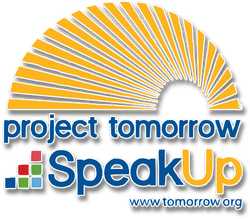
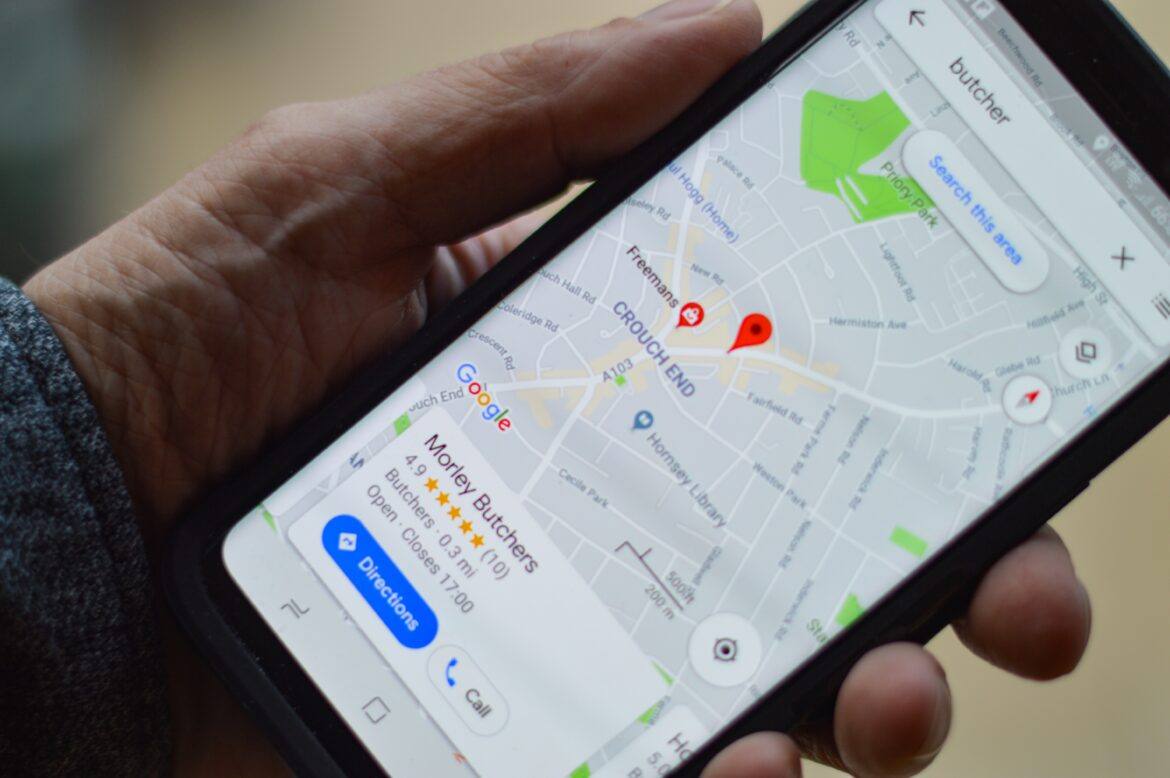
 Google Earth is that globe from first grade, but with so much more. First, when you enter from the
Google Earth is that globe from first grade, but with so much more. First, when you enter from the 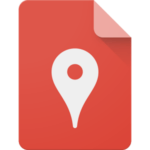 Most of us have probably used or been given Google Maps directions at some point.
Most of us have probably used or been given Google Maps directions at some point.  Google Street View
Google Street View Street View is awesome, but what if you want to stitch together your own trip using those images? There is a Google tool for that!
Street View is awesome, but what if you want to stitch together your own trip using those images? There is a Google tool for that!  Is a real-life field trip not in the budget? Then explore the offerings of
Is a real-life field trip not in the budget? Then explore the offerings of  Are you interested in data, geography, and programming?
Are you interested in data, geography, and programming? 

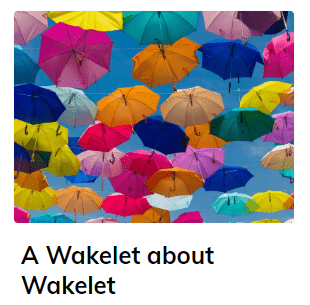

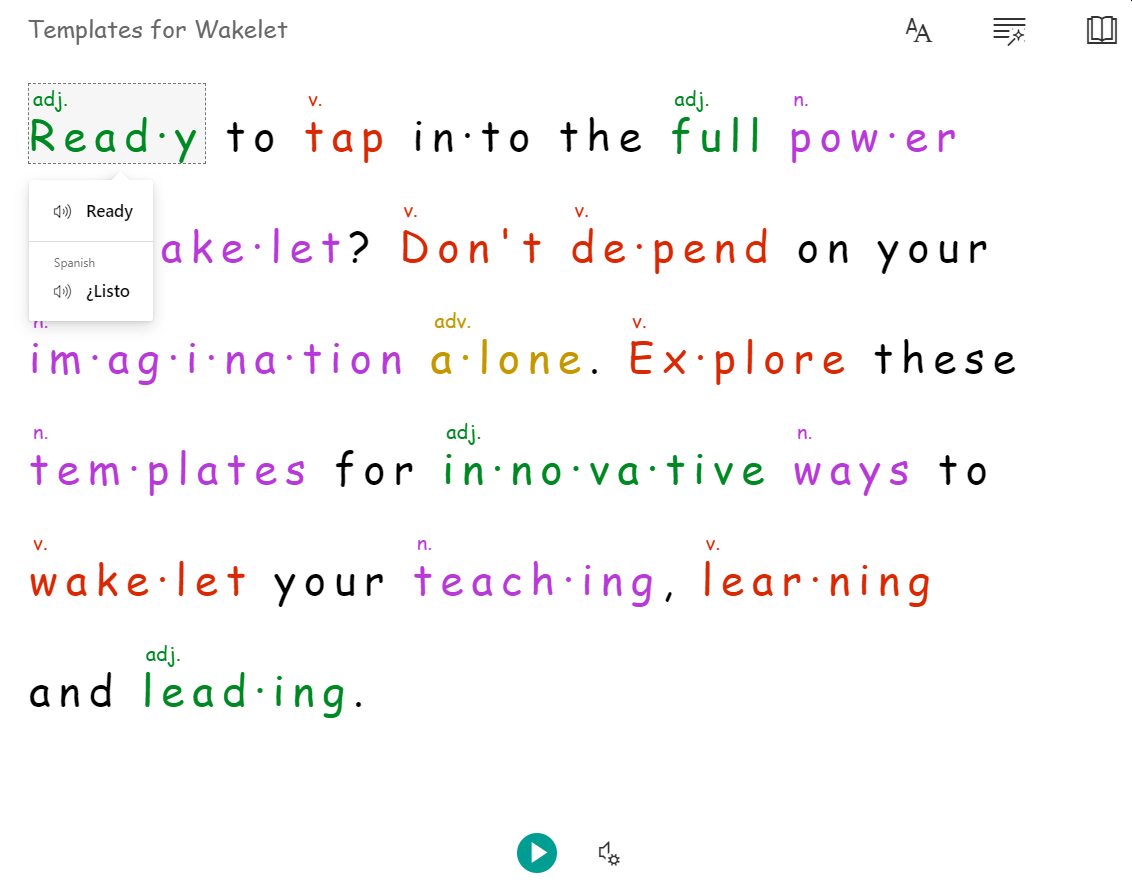
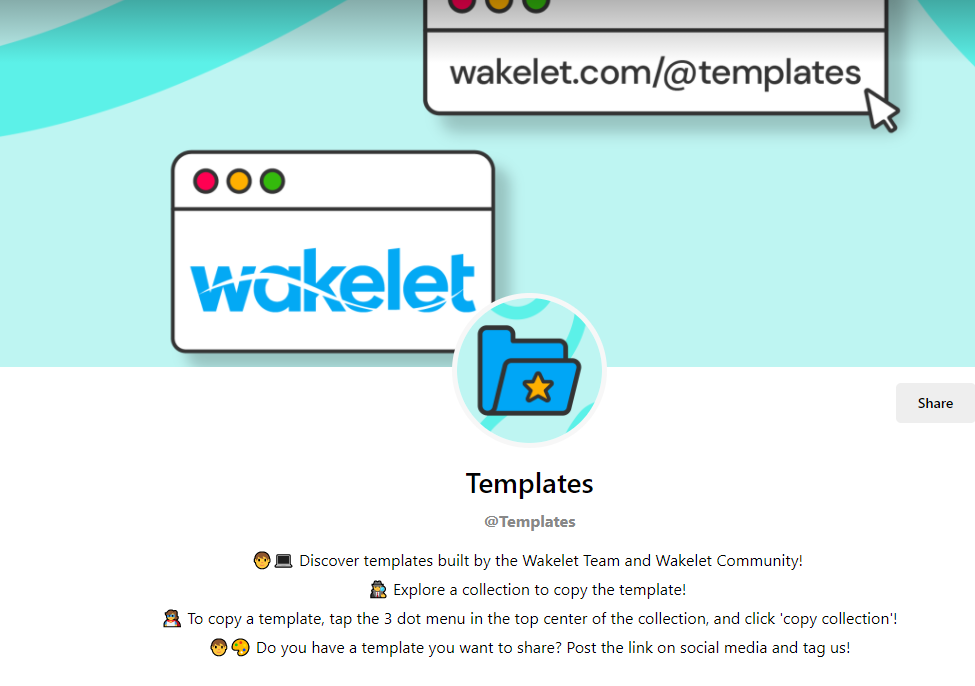
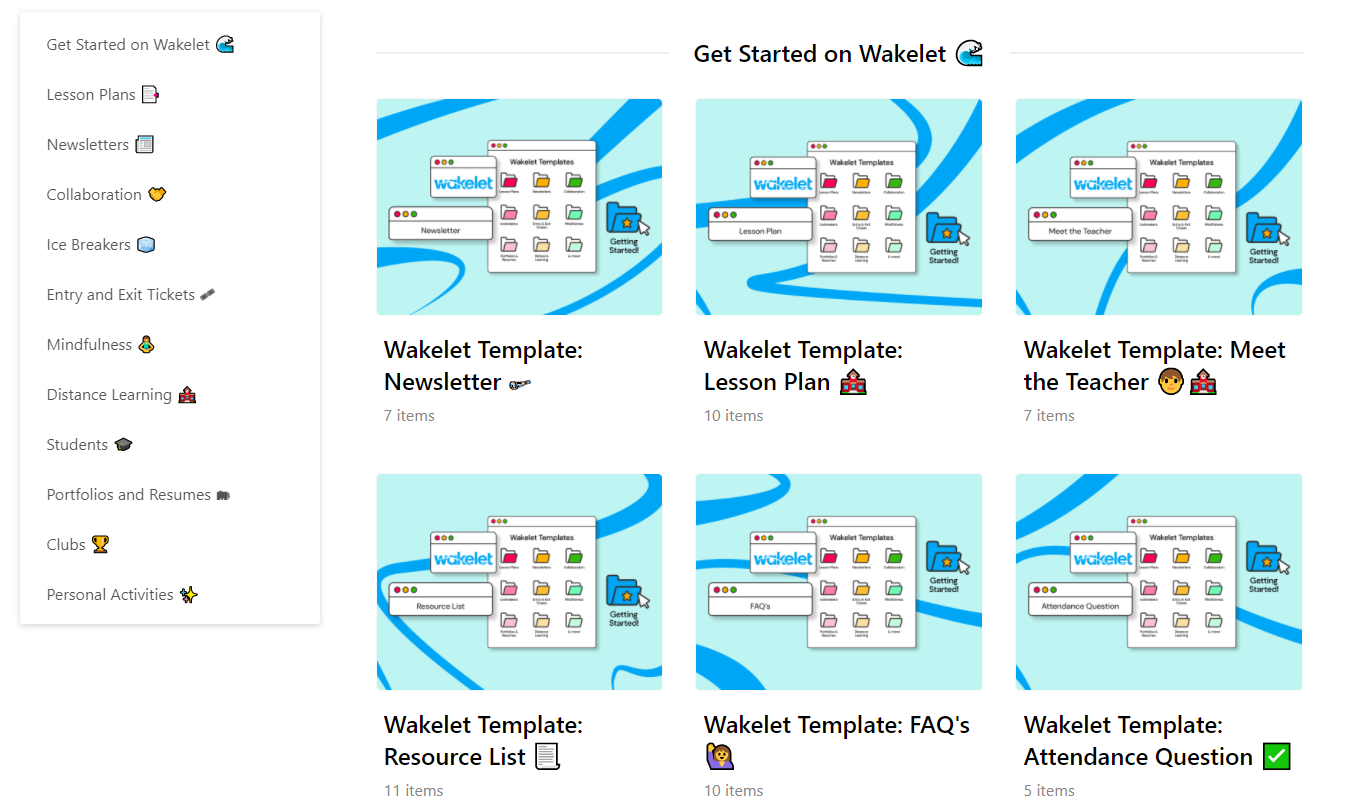
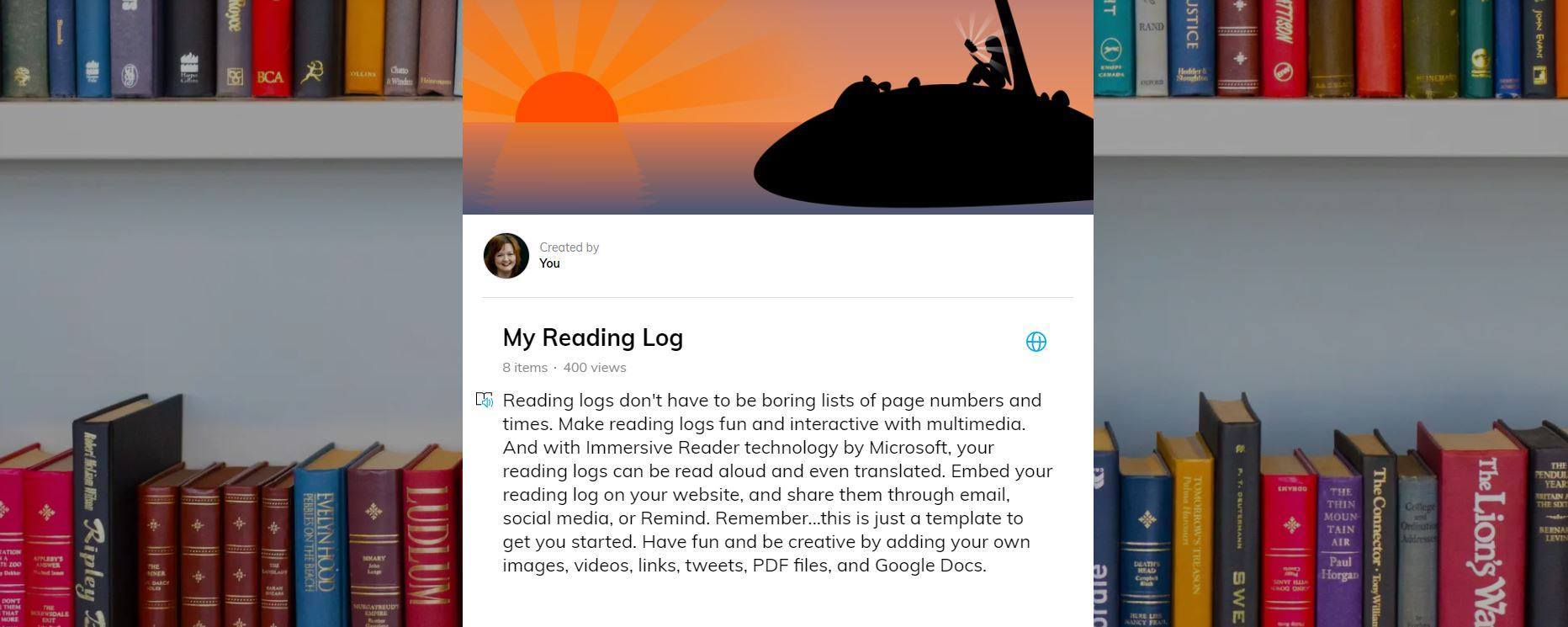



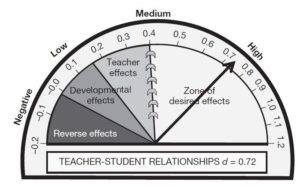

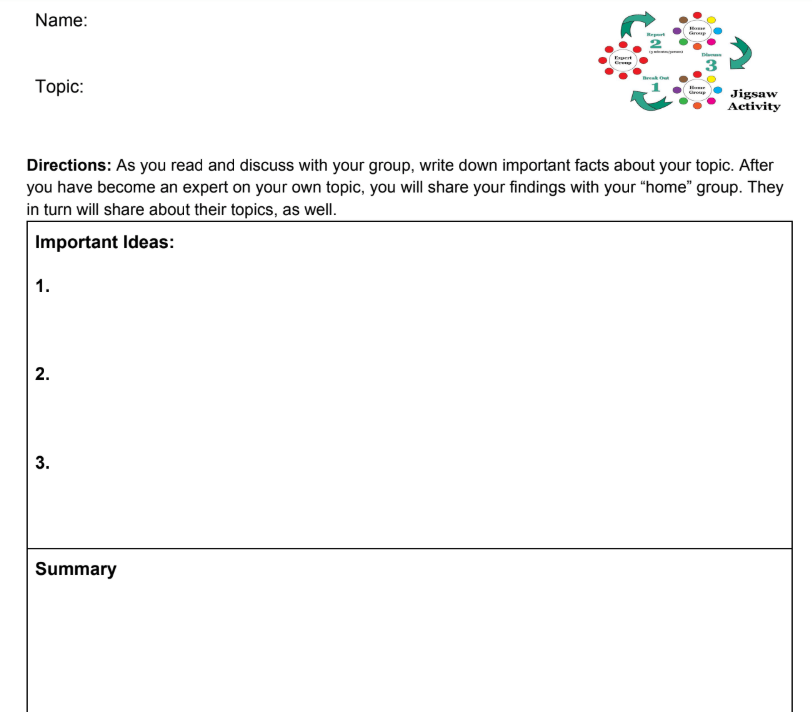
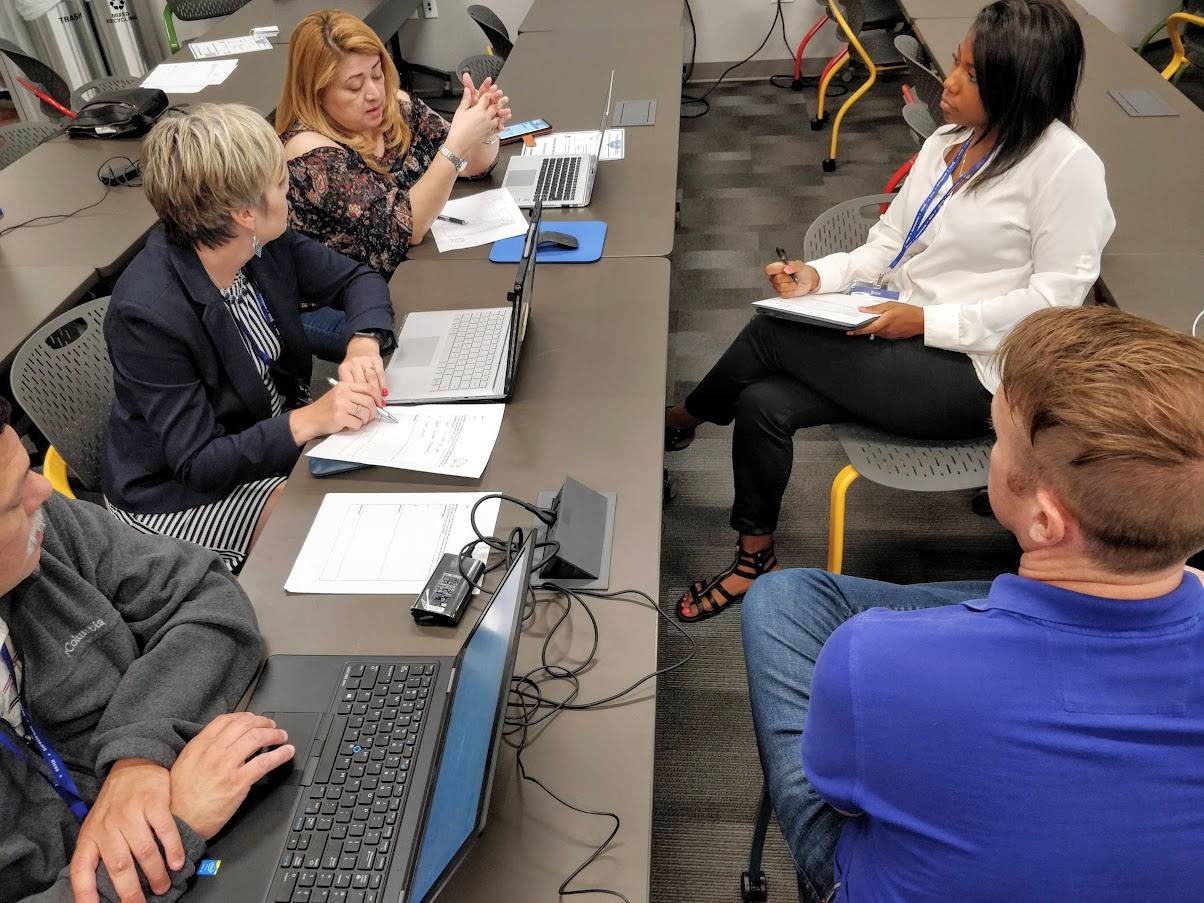







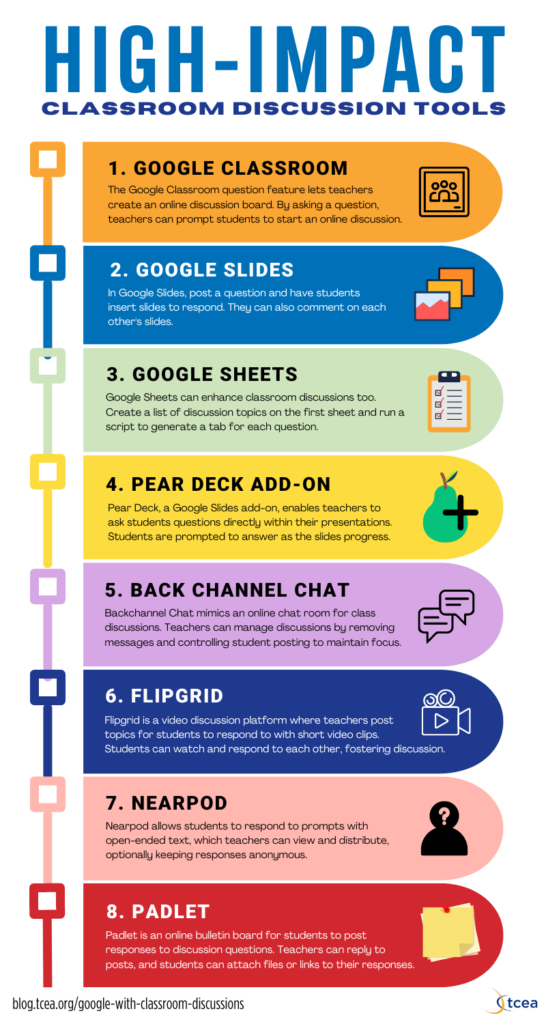


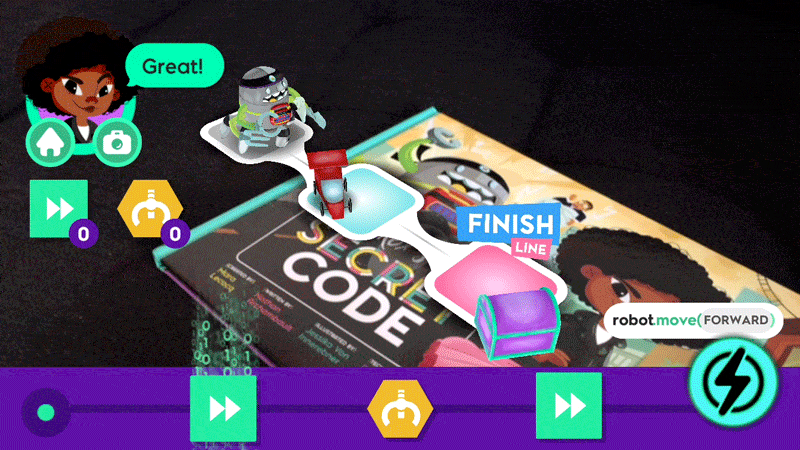

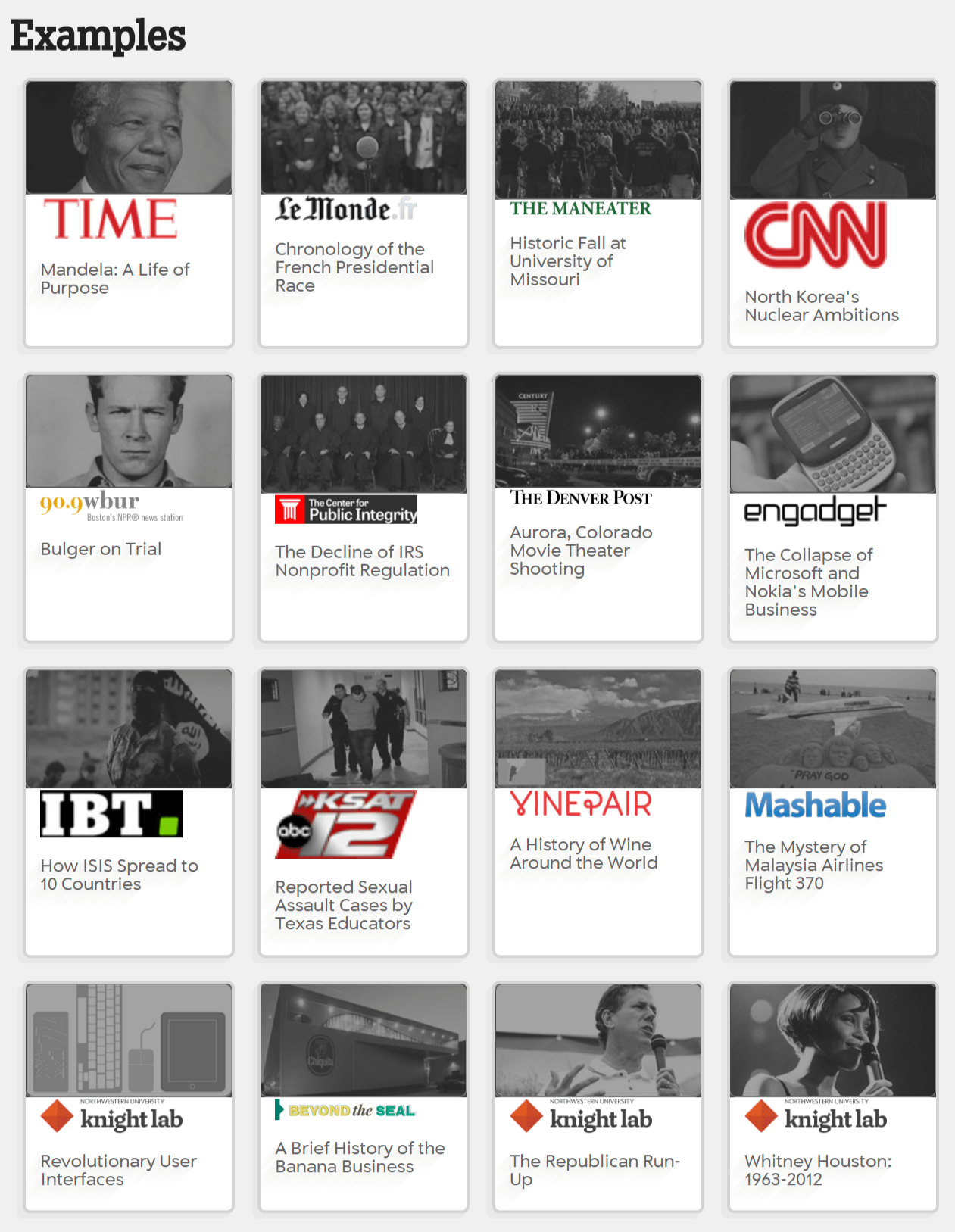


 videos, all of which you can use in your classroom. The trove of resources is organized into pages for
videos, all of which you can use in your classroom. The trove of resources is organized into pages for